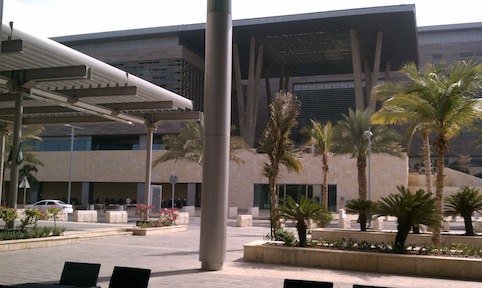The Green Building Certification Institute (GBCI), the third-party certification body for the LEED (Leadership in Energy and Environmental Design) green building rating system, and Bureau Veritas SA, a leading global testing, inspection and certification body, announced a strategic business partnership. As part of the agreement, Bureau Veritas will facilitate LEED certification on behalf of GBCI for LEED green building projects.
“This collaboration with Bureau Veritas helps us take LEED to the next level,” said Rick Fedrizzi, GBCI board member and president, CEO and founding chair, U.S. Green Building Council (USGBC). “Through our collaboration, we will leverage the scale and scope of Bureau Veritas’ operations and quickly build capacity and global reach to deliver best-in-class, third-party certification for LEED.”
“Partnering with GBCI offers Bureau Veritas an active role in LEED, the world’s most widely used green building program,” said Didier Michaud-Daniel, CEO, Bureau Veritas. “LEED certification allows us to expand our certification offerings related to quality, human health, environmental protection and social responsibility: all incredibly important priorities for our clients and the communities in which we work.”
The agreement will allow for enhanced customer engagement and local support for LEED.
“GBCI and Bureau Veritas will be able to offer local touch points and resources for green building teams on the ground in a way that we have never before been able to offer,” said Mahesh Ramanujam, chief operating officer, USGBC, and president, GBCI. “Connecting with our customers and deepening our engagement with them will help accelerate the adoption of green building practices and deliver its benefits to these key economies.
“We want our users to have a positive and seamless experience with LEED, no matter where they are across the globe,” added Ramanujam. “GBCI is building world-class infrastructure to support the uptake of green building around the world.”
Earlier this year, USGBC released its list of the top 10 countries for LEED outside the U.S., with Canada taking the lead, followed by China and India.
“USGBC projects significant growth in green building activity in countries like China, India and Brazil in 2014,” said Ramanujam. “Looking at the LEED project registration and certification trends of these countries and across the globe, it is critical to build up the infrastructure to support this development.”
Worldwide, more than 60,000 commercial projects are using LEED, totaling 11.2 billion gross square feet. Additionally, more than 154,000 residential units are using the LEED for Homes rating system.
The growth of LEED reflects its global adaptability as the world’s most widely used and recognized system guiding the design, construction, operations and maintenance of green buildings. LEED is a critical tool in creating structures that mitigate greenhouse gas emissions; create healthier indoor environments for workers, students and community members; and lower utility bills for building owners through reduced energy and water use.
Related Stories
| Aug 11, 2010
Integrated Project Delivery builds a brave, new BIM world
Three-dimensional information, such as that provided by building information modeling, allows all members of the Building Team to visualize the many components of a project and how they work together. BIM and other 3D tools convey the idea and intent of the designer to the entire Building Team and lay the groundwork for integrated project delivery.
| Aug 11, 2010
Great Solutions: Products
14. Mod Pod A Nod to Flex Biz Designed by the British firm Tate + Hindle, the OfficePOD is a flexible office space that can be installed, well, just about anywhere, indoors or out. The self-contained modular units measure about seven feet square and are designed to serve as dedicated space for employees who work from home or other remote locations.
| Aug 11, 2010
Great Solutions: Technology
19. Hybrid Geothermal Technology The team at Stantec saved $800,000 in construction costs by embedding geothermal piping into the structural piles at the WestJet office complex in Calgary, Alb., rather than drilling boreholes adjacent to the building site, which is the standard approach. Regular geothermal installation would have required about 200 boreholes, each about four-inches in diameter ...







